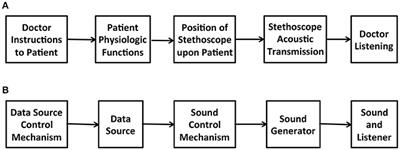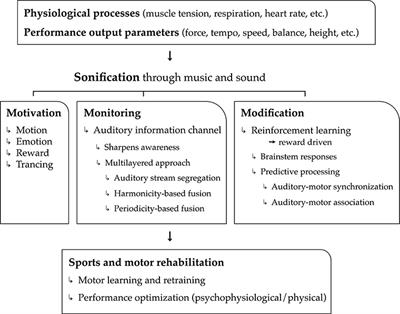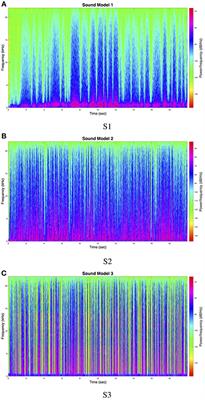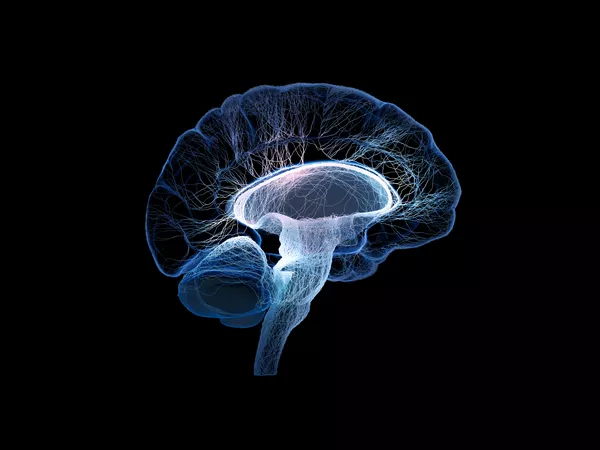EDITORIAL
Published on 04 Jun 2020
Editorial: Sonification, Perceptualizing Biological Information
doi 10.3389/fnins.2020.00550
- 2,324 views
- 6 citations
20k
Total downloads
111k
Total views and downloads
EDITORIAL
Published on 04 Jun 2020
CLINICAL TRIAL
Published on 24 May 2018

ORIGINAL RESEARCH
Published on 27 Apr 2018

CLINICAL TRIAL
Published on 04 Jan 2018

ORIGINAL RESEARCH
Published on 07 Dec 2017

OPINION
Published on 21 Aug 2017
ORIGINAL RESEARCH
Published on 23 Mar 2017

GENERAL COMMENTARY
Published on 01 Feb 2017

HYPOTHESIS AND THEORY
Published on 02 Dec 2016

ORIGINAL RESEARCH
Published on 11 Nov 2016

ORIGINAL RESEARCH
Published on 30 Aug 2016

PERSPECTIVE
Published on 25 Aug 2016

